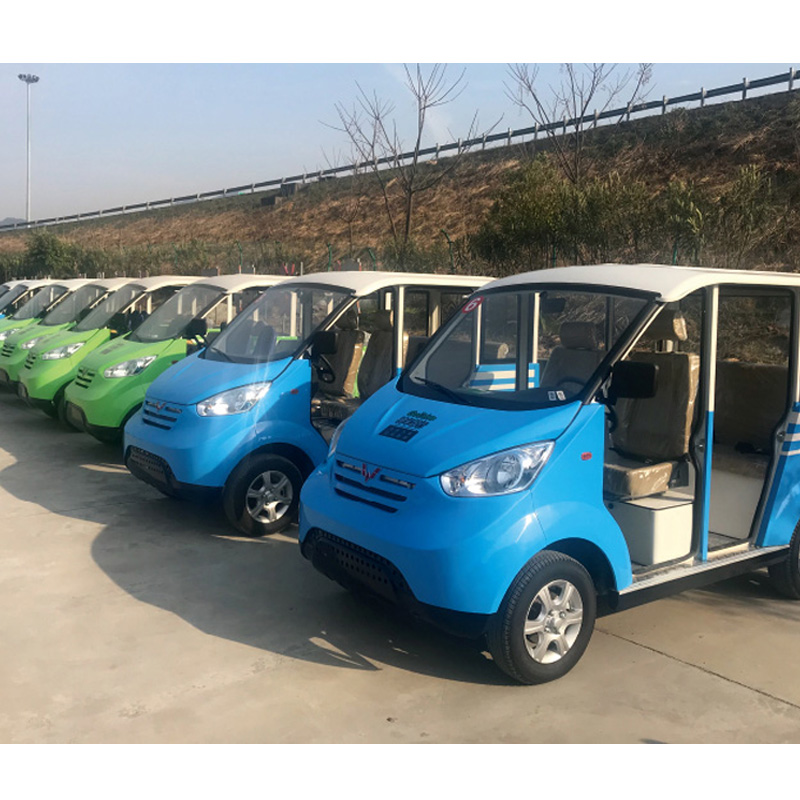People who ride
Electric Sightseeing Car will have such a feeling that when riding an
Sightseeing Bus in winter, the mileage will be reduced to the maximum. This is because the temperature drops due to the arrival of winter, which has a certain impact on the battery energy (showing its inherent ability).
1. Timely charging
At present, Electric Sightseeing Car use lead-acid batteries. The optimal working environment temperature of this battery is 15℃-40℃. The electric sweeper is tailored to the worker group and operating ability. The vehicle is easy to use, simple to operate, has low requirements for road conditions, and has a small body that can be parked at any time.
Electric Sightseeing Car are mainly used to transport domestic garbage, garbage in the trash cans beside the road, and garbage trucks that are manually cleaned. It can also transport bulk building materials such as ash, sand, stone, and soil. Below this temperature, the amount of electricity stored in the battery will be reduced to the maximum. The lower the temperature, the more obvious the drop in electricity. Due to the low temperature in winter, the driving distance of Electric Sightseeing Car will also be reduced to the maximum. When the temperature rises, this phenomenon will recover. In order to ensure the normal use of Electric Sightseeing Car, the simplest way is for users to charge them in time.
2. Avoid instantaneous high current discharge
When Electric Sightseeing Car start or go uphill in winter, they should be manually assisted to avoid instantaneous high current discharge. This is suitable for use in communities, etc. It reduces the labor intensity of sanitation workers, improves work efficiency, and enhances the good image of urban environmental protection and energy conservation. In addition, when Electric Sightseeing Car are idle, the battery should be stored sufficiently to prevent power loss. The longer the power loss time, the more serious the battery damage. After using the Sightseeing Bus, the battery should be charged frequently, and the battery should not be charged after it is completely used up.
3. Battery storage in winter
If the vehicle is parked in the open air or cold storage for several weeks without use, the battery should be removed and stored in a warmer room to prevent the battery from freezing and damage. It is forbidden to store it in a state of power loss. If it is not used for a long time, charge it once a month.



